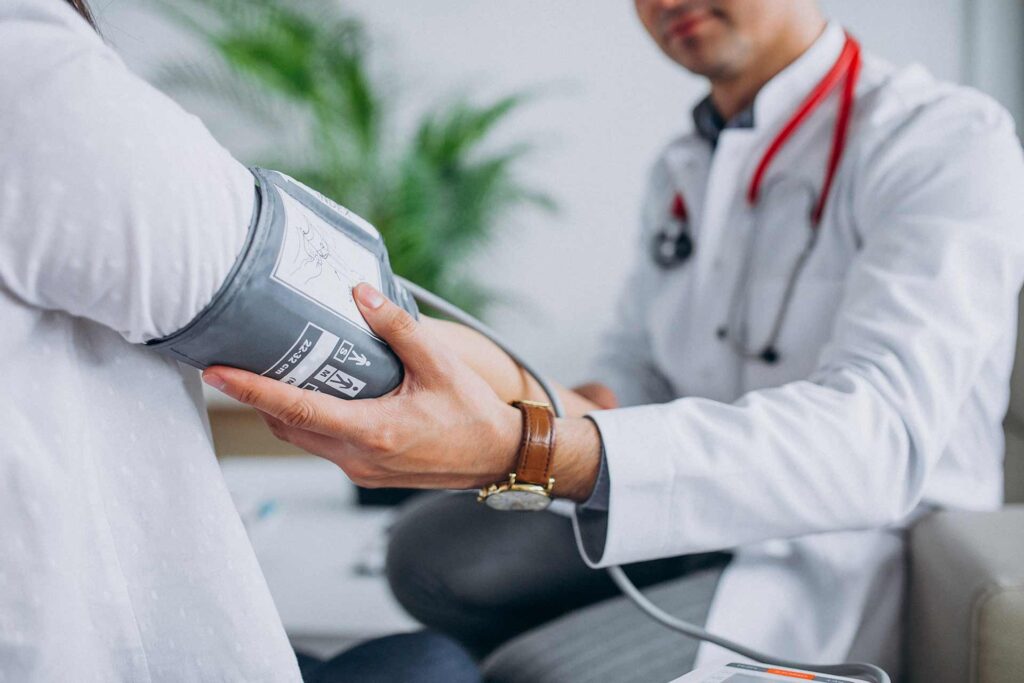Hemorrhoid's
Warning

What are hemorrhoids (piles)? Can they be prevented?
The usual causes of hemorrhoids (piles) are genetic predisposition to weak vein walls and valves (Varicose veins) and straining during bowel movements. Other causes include pregnancy, portal hypertension and rectal cancer. Obesity, a sedentary lifestyle and sitting for prolonged periods of time also contributes to its formation.
Prevention of hemorrhoids includes drinking more fluids, eating a high fiber diet (fruits and vegetables, and whole unpolished cereals high in fiber), exercising, practicing better posture, and avoiding prolonged straining to pass stools. Laxatives should be avoided. Use of squat toilets relaxes the pelvic muscles and reduces straining to pass stools.
What are the non surgical treatment options for hemorrhoids (piles)?
Rubber band ligation : Elastic bands are applied onto an internal hemorrhoid to cut off its blood supply. Within several days, the withered hemorrhoid sloughs off during normal bowel movement.
Sclerotherapy (injection therapy) : Sclerosant or hardening agent is injected into hemorrhoids. This causes the vein walls to collapse and the hemorrhoids to shrivel up.
Cryosurgery : The frozen tip of a cryoprobe is used to freeze and destroy the hemorrhoid. Rarely used anymore because of delayed wound healing.
Laser, infrared or BICAP coagulation : Laser, infrared beam, or electricity is used to cauterize the hemorrhoid. Lasers are now much less popular.
What are the surgical treatment options for hemorrhoids (piles)?
Hemorrhoidectomy : The entire hemorrhoid(s) is cut and removed and the wound may be closed. The anal sphincter muscle is often cut (Lateral sphincterotomy) to reduce pain and facilitate wound healing.
Stapled Hemorrhoidectomy : A circular surgical stapler is used to cut and remove the hemorrhoids and inner layers of the anal wall and join the cut ends. Hence it is ideal for hemorrhoids with prolapse. It is generally less painful than complete removal of hemorrhoids and also heals faster. It’s meant for hemorrhoids that fall out or bleed and is not helpful for painful outside conditions.
What is anal fissure?
How is anal fissure treated?
- A high fiber diet (or fiber supplement) and plenty of fluids help keep the stools soft, easy and quick to pass. Avoid chilly and pepper till the fissure heals. Also avoid dehydrating caffeine beverages. It is important to avoid straining to pass stools. Pass stools whenever you get the urge (usually after meals) and do not hold on to it.
- Stress reduction by Meditation and relaxation therapy, exercise, music is an essential for healing and avoiding recurrence. A tight anal opening leads to repeated trauma when passing stools, delayed wound healing and pain due to poor blood supply.
- Local applications include local anesthetic cream before passing stools, moisturizing cream after passing stools and cleaning up, muscle relaxing medications like nitroglycerine.
- Injecting botulinum toxin (Botox) into the anal sphincter to relax the muscle and promote healing by relieving anal spasm.
- Surgery may be required for persisting scarred deep anal fissures unresponsive to the above conservative measures. It involves removal of the anal fissure (Fissurectomy) and cutting the sphincter muscle (Lateral sphincterotomy)
What is anal fistula?
How is anal fistula treated?
The underlying infection is treated with antibiotics and constipation with fiber supplements. The fistula can be
- Treated with a Seton (A piece of suture passed through the fistula and tied) – called Kshar Sutra Method in Ayurveda.
- Closed by injecting a biodegradable glue into it (Fibrin glue injection) or inserting a plug of porcine collagen tissue (Anal Fistula Plug) that provides a scaffolding into which the body tissues grow closing the fistula. These are recent methods of treatment.
- Removed by surgery (Fistulectomy). If not removed entirely it continues to branch out and extend.
